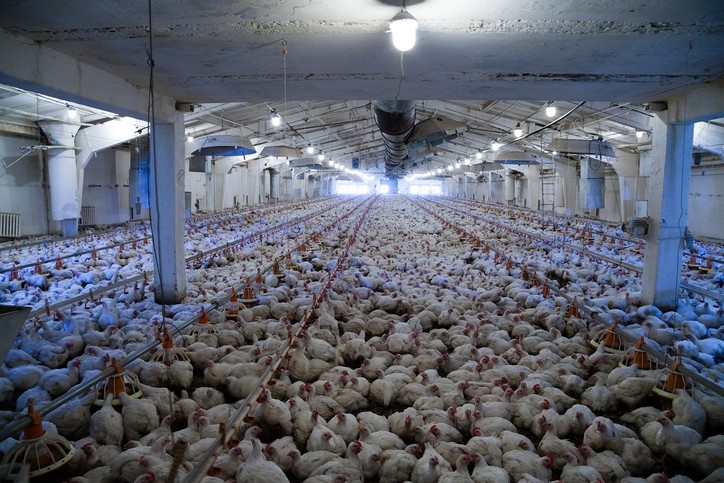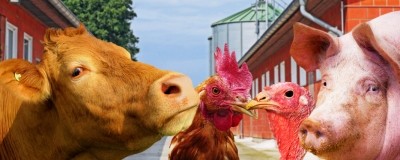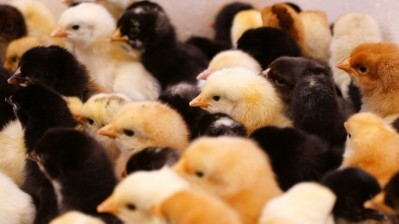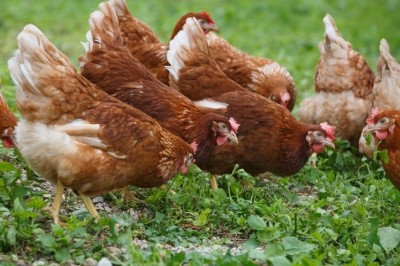Supersize me: feeding Britain’s poultry mega farms

“There are approximately 2,500 poultry farms across the UK and the trend with new-builds is for larger farms. It is the way things are going, because of improvements in production efficiency and bird management, and of course, because demand for chicken is rising,” said Griffiths, on his prediction that Britain will need to build more mega farms to keep it supplied with chicken.
“Whilst NGOs present mega farms as something looming on the horizon, I take the position that we are already doing this - and doing it well,” he added.
To give an idea of the scale that is inferred by the term ‘mega farm’, Griffiths said that an average poultry farm would be four to six sheds, housing up to 150,000 birds. Anything upwards of this could be considered a ‘mega farm’.
Asked what implications this super-sized approach to poultry production would have for feeding livestock, Griffiths replied: “The techniques for feeding would be as they are now; there are a lot of automated feeding and watering systems; these can be upscaled and can cope with larger environments.”
He continued: “Over time, FCRs [feed conversion ratios] are improving, so the industry is using ever less feed per bird. This means that due to economies of scale, larger farms will be inherently more efficient.”
Antibiotic reduction efforts compromised?
Griffiths quashed any concerns that increasing the size of farms would lead to increased use of in-feed or in-water antibiotics.
“Science is progressing in this area, and the use of antibiotics for environmental reasons is not necessary anymore,” he said.
He cited the BPC’s latest Antibiotic Stewardship work, which showed that the British poultry meat sector has reduced its use of antibiotics by 82% in the last six years, and said this had been achieved through a drive for excellence in bird health and welfare.
“The focus is on good management of birds, litter, ventilation and all that goes into creating a healthy environment. The scale of the farm is not a measure of the health or welfare of the birds. This is an accusation that is levelled at large farms and is simply not true.”
Feeding the masses: no sweat
Whilst the overall message from the BPC is that the sector is well equipped to cope with the challenges of feeding birds on larger poultry farms, Griffiths said there was scope for driving further efficiencies by harnessing emerging technologies.
“We do a lot of work with DEFRA [the Department for Environment, Food & Rural Affairs] on how they can support us as a sector. One is by bringing new technology to commercialization better and quicker.”
An example of one such technology that Griffiths believes would support larger farms is remote monitoring of poultry houses.
“Remote monitoring of feed intake, for example, will alert a farmer if a bird isn’t eating. Across the board, we are trying to provide a system where is something is not right, it can be fixed as quickly as possible. Feed is one the most important aspects of production and using nutrition science and technology to deliver improved productivity is a major focus for us.”














